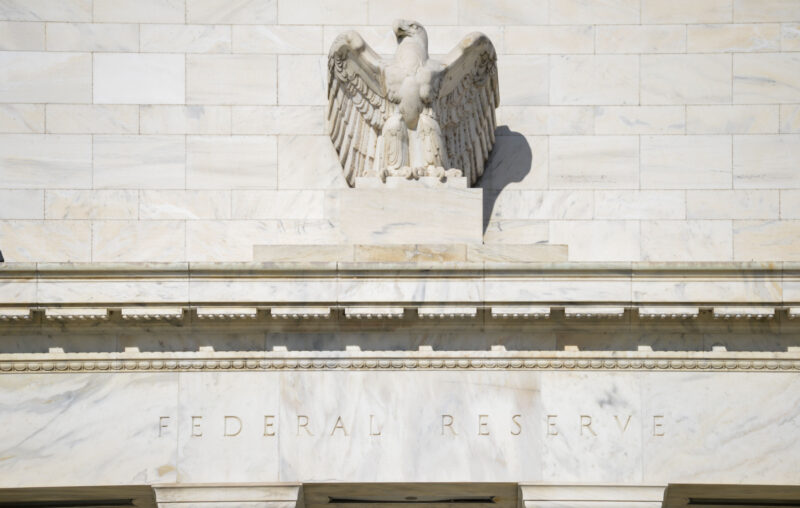Time for the Fed to Ease Up

After a scare with January’s Consumer Price Index (CPI) release, economists and market watchers are breathing a sigh of relief following the latest Personal Consumption Expenditures Price Index (PCEPI) data. Both headline and core inflation (excluding food and energy prices) inflation were 0.2 percent in December. Year-over-year, the figures were 2.6 percent and 2.9 percent, respectively. The overall impression is one of significant disinflationary trends.
These figures may even overstate the future inflation we can expect. For the past three months, headline inflation averaged 0.03 percent and core inflation averaged 0.13 percent. That’s 0.36 percent and 1.56 percent annualized. Provided the recent data gives us a more accurate picture than single-month annualizations, we may start to undershoot the Fed’s 2 percent inflation target before too long.
Real GDP growth is also improving, up to 3.11 percent year-over-year in Q42023 from 2.93 percent the previous quarter. The unemployment rate is holding steady at 3.7 percent. Fed tightening is bringing down inflation without causing major harms to income or jobs. It’s too soon to celebrate a soft landing. Some economists anticipate a recession later this year. But, at least for now, the US economy looks strong.
Stronger growth and falling inflation should signal to the Fed it’s time to consider easing monetary policy. The federal funds rate target range is currently 5.25 to 5.50 percent. Adjusting for inflation using the headline figures, we get a real rate of 2.65 to 2.9 percent. We must compare this to the natural rate of interest, which economists define as the short-term capital price consistent with maximum sustainable output and steady inflation. According to the New York Fed, the natural rate of interest is between 1.19 percent and 1.34 percent. This is a huge gap. Even if Fed economists have underestimated the natural rate of interest by half, monetary policy looks slightly tight. It looks very tight if the natural-rate figures are anywhere close to correct.
Monetary data also indicate Fed policy is restrictive. M2 was 2.31 percent lower in December 2023 than a year before. It’s falling slower than previously, yet still, absolute declines in the money supply are very unusual.
Instead of simple-sum aggregates like M2, in which money supply components are weighted equally, we should also consider the Divisia aggregates, which weight components by liquidity. These are shrinking between 0.98 and 1.93 percent per year.
The Fed should strongly consider a rate cut at its next meeting. It’s the Fed’s job to use its policy instruments to manage aggregate demand. Nominal GDP, the cleanest measure of aggregate demand we have, is very close to its pre-pandemic growth path of 5 percent per year. Without monetary easing, it’s possible the Fed will overcorrect its previous policy errors. This would cause the economy to dip below maximum sustainable output and employment. Nobody wants that, especially in an election year when partisan tensions are already high. Aggressive tightening was the right (albeit late) call for the past year. Now it’s time for cautious easing.









